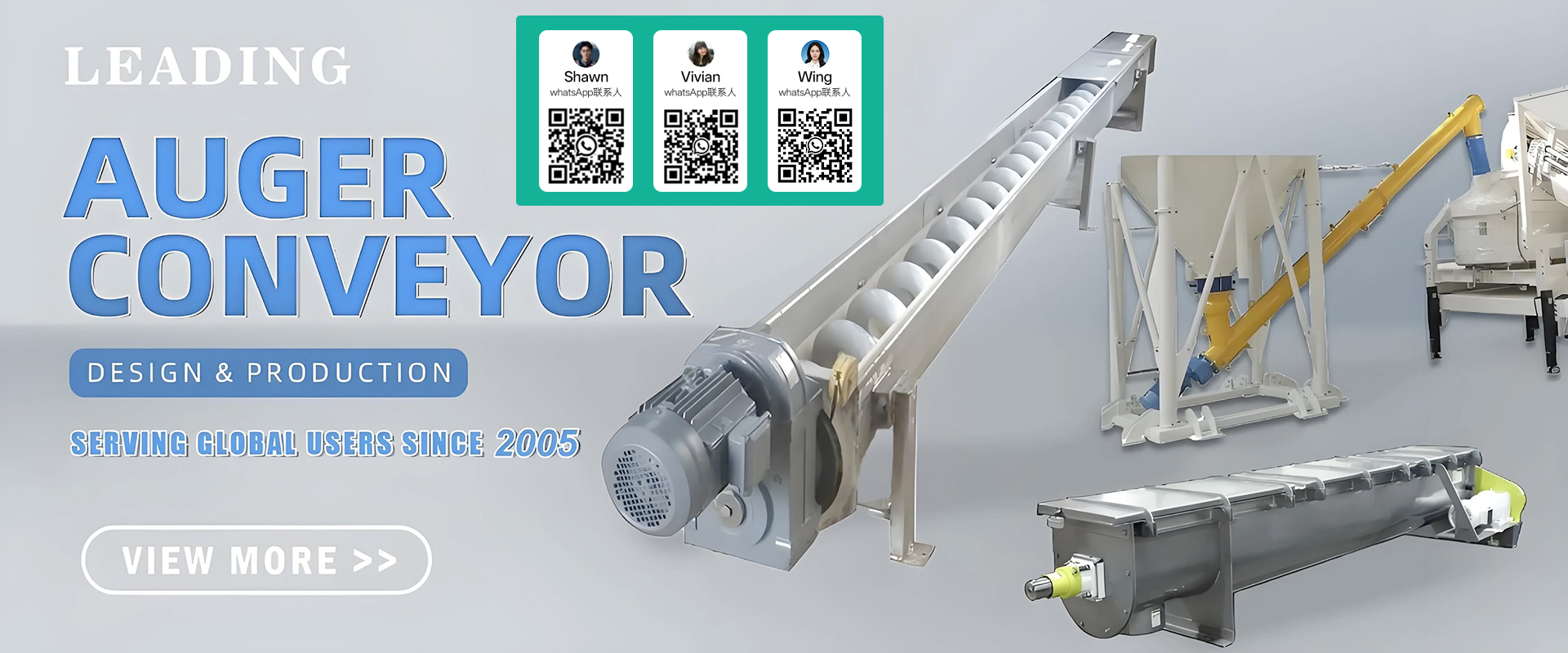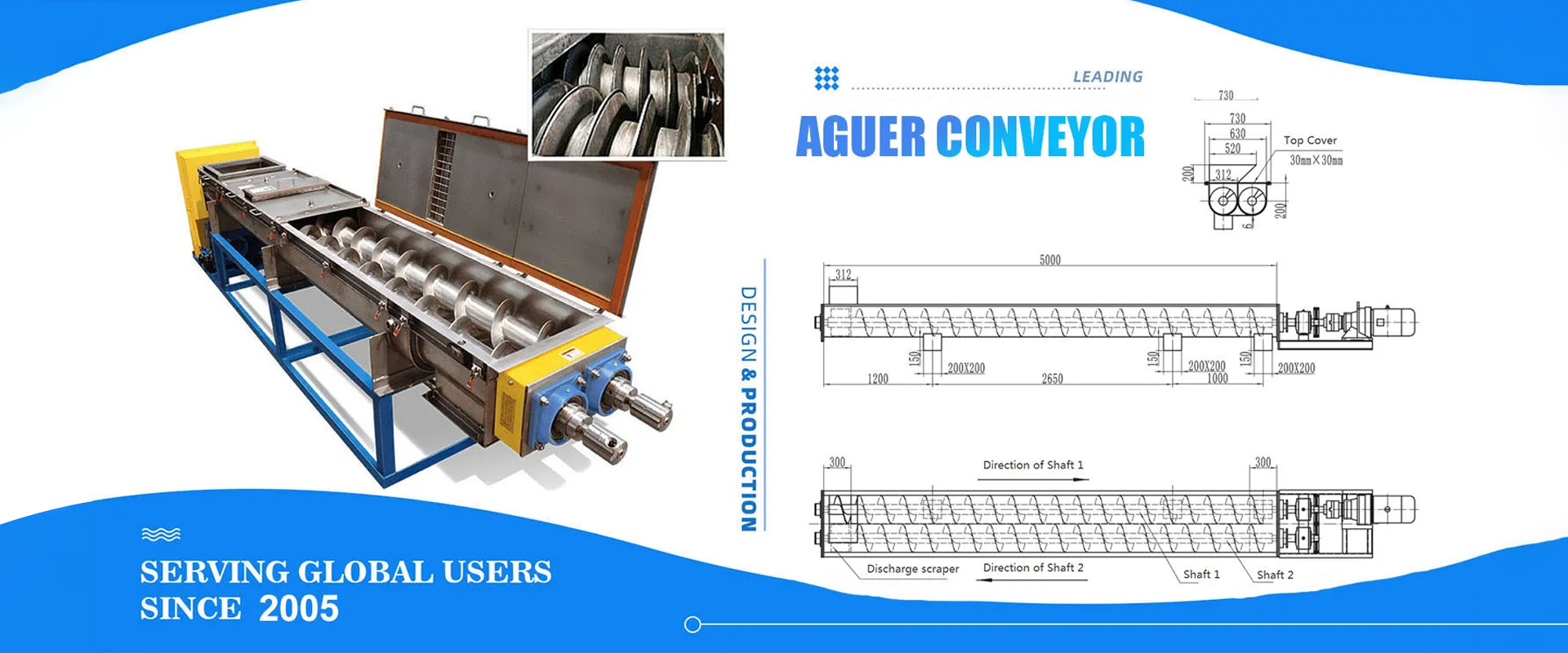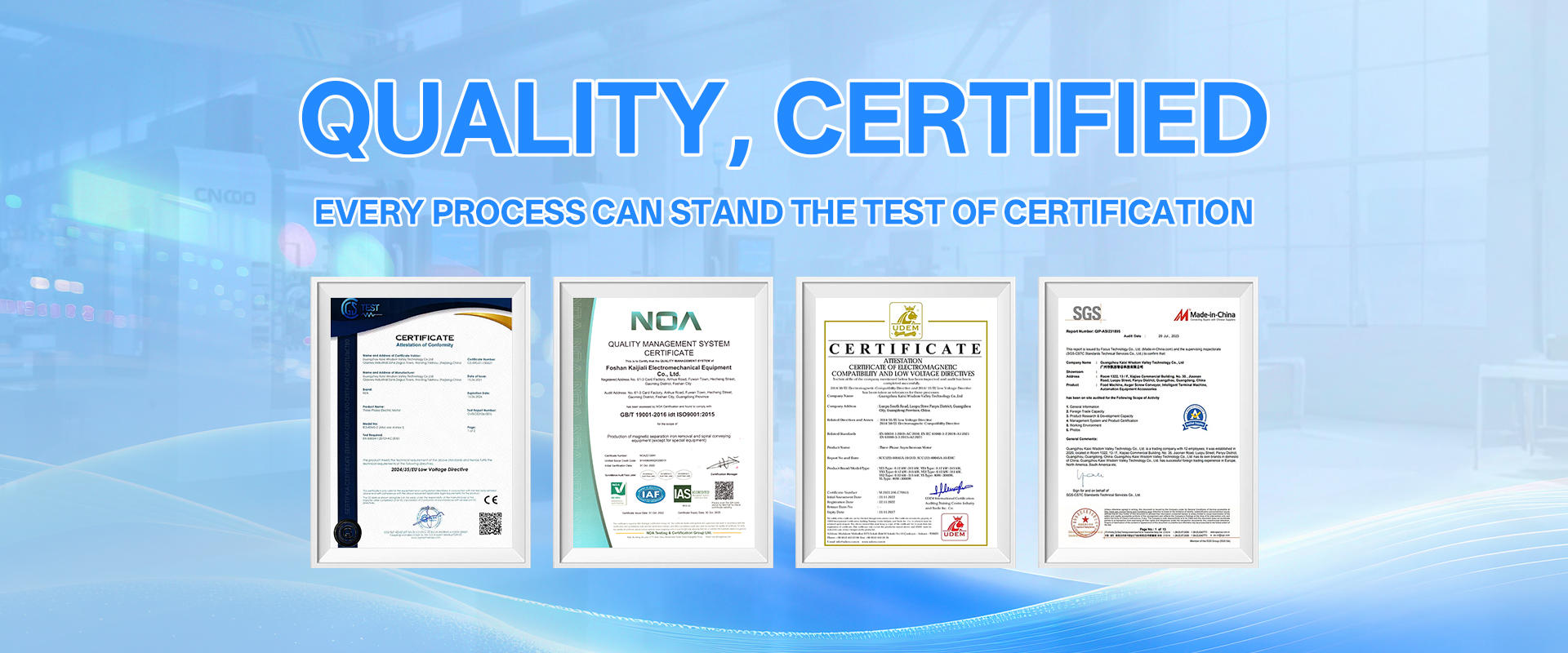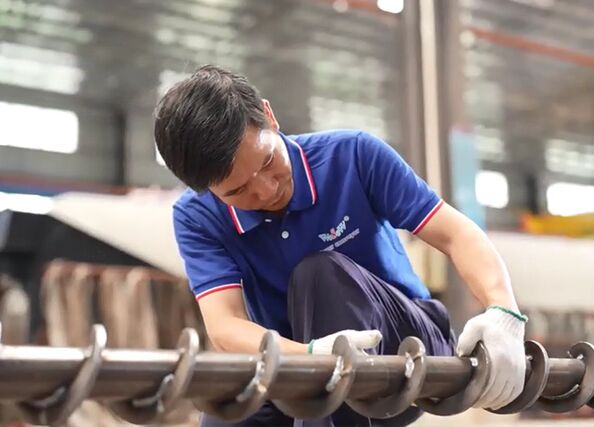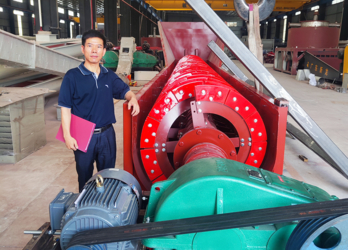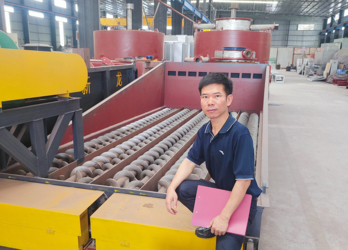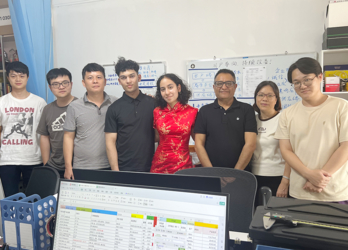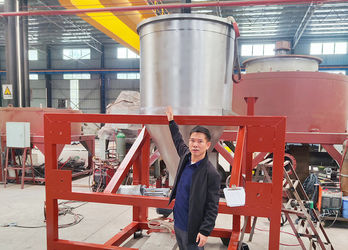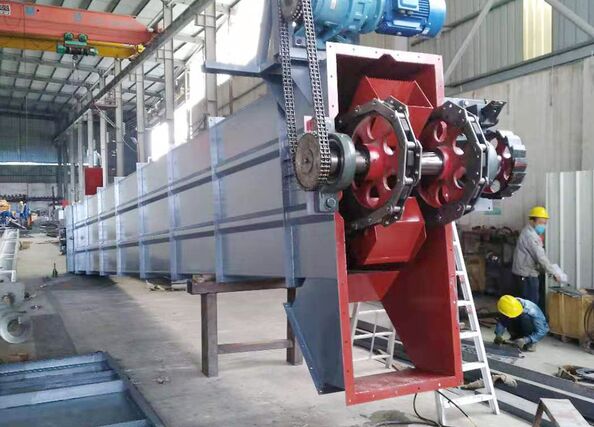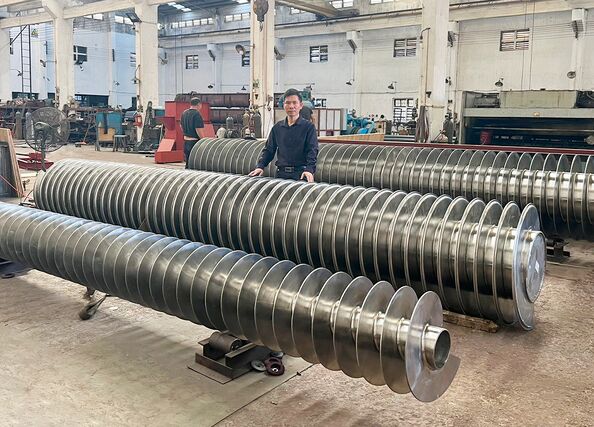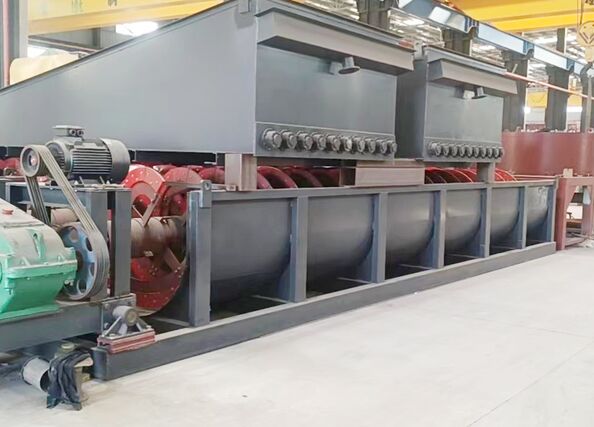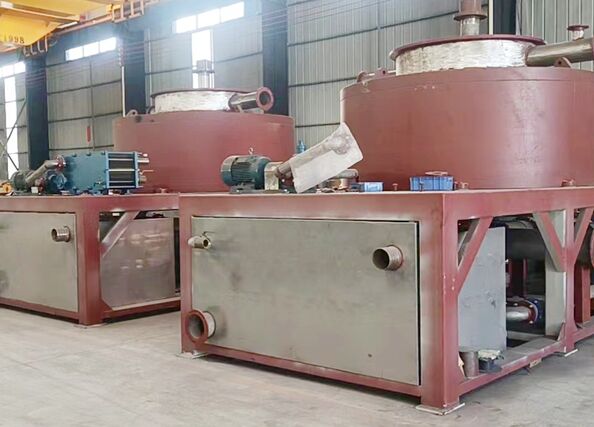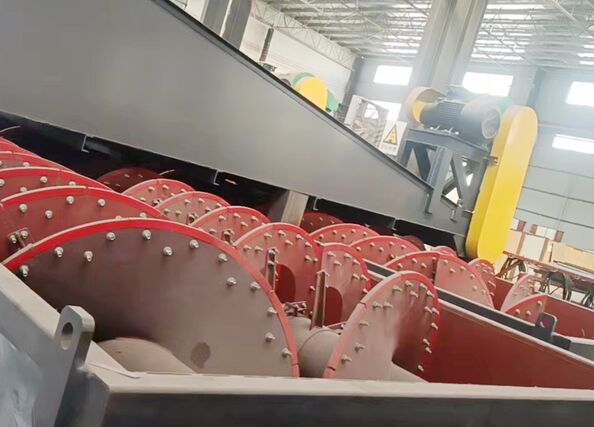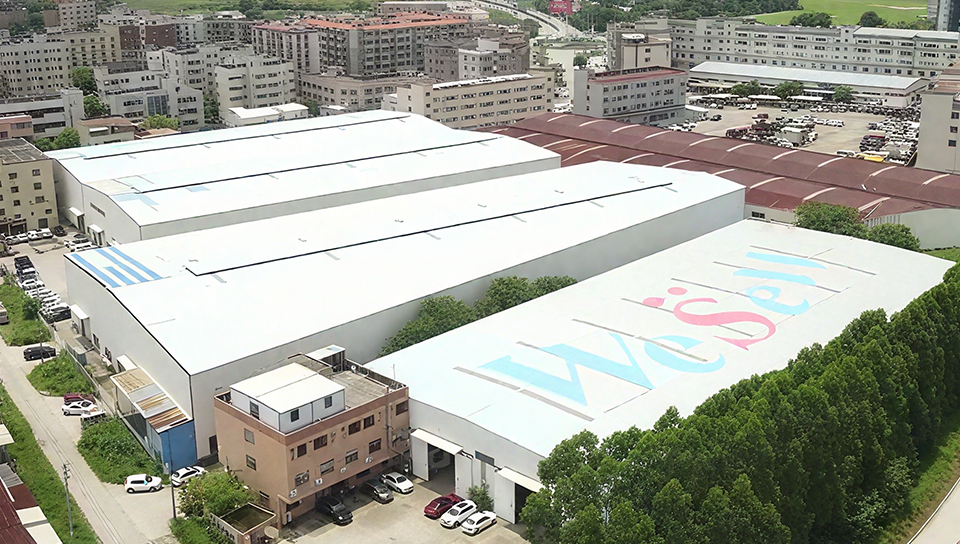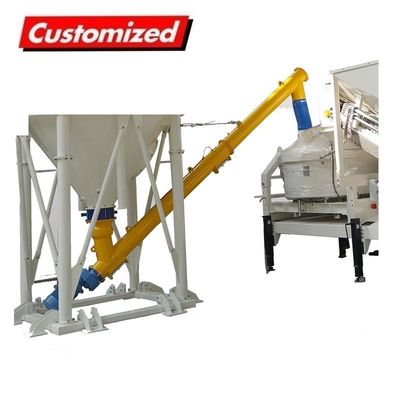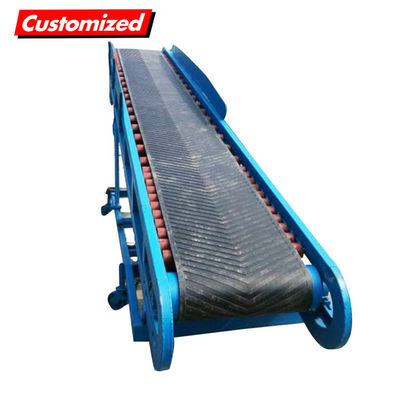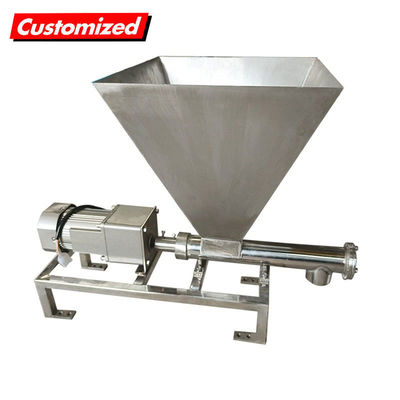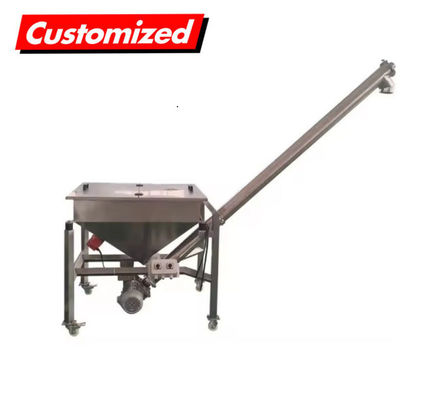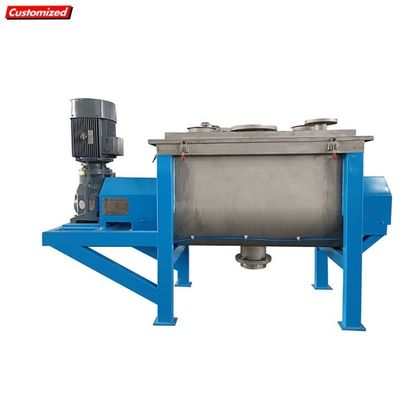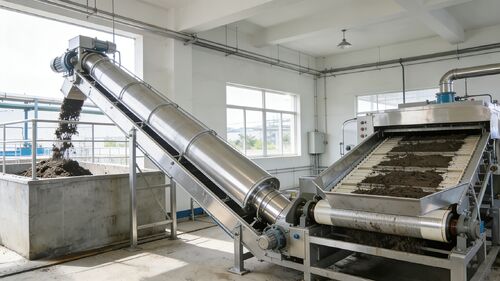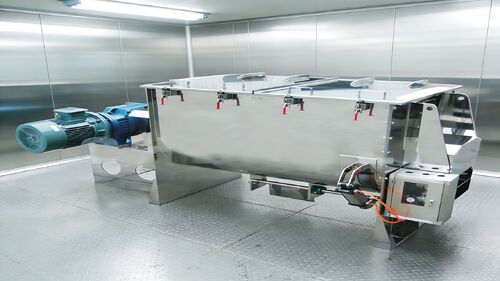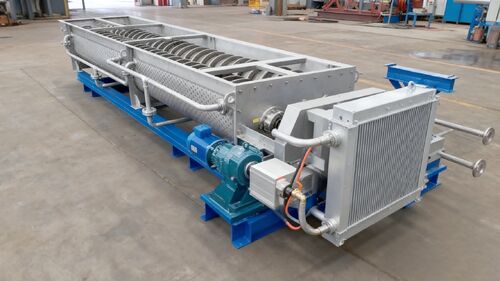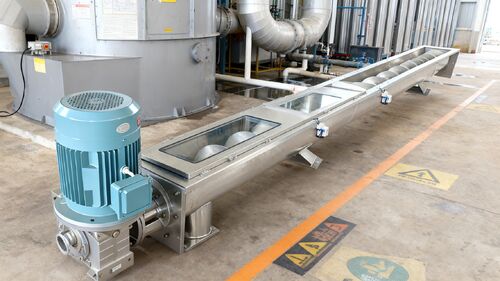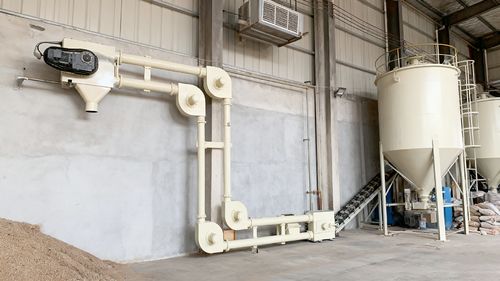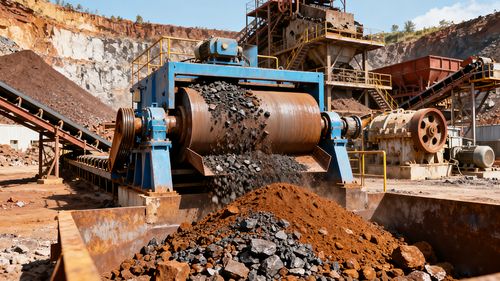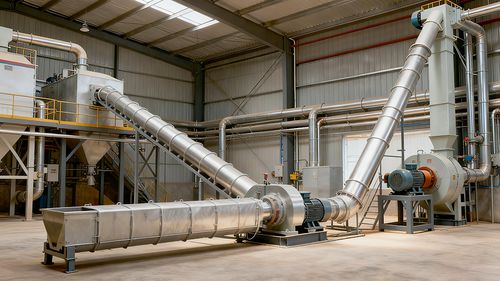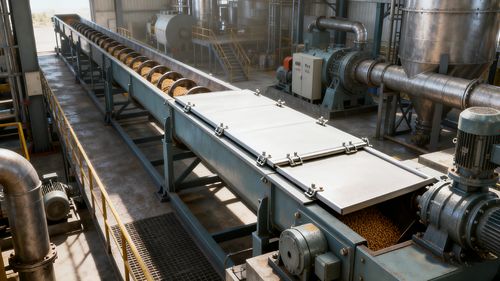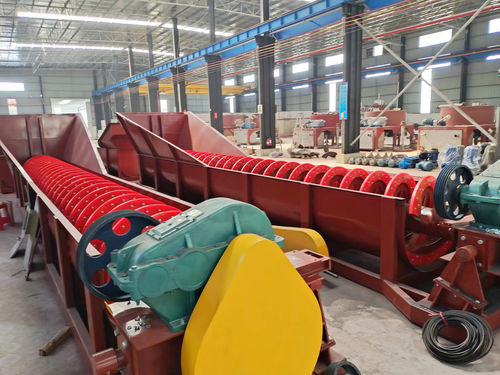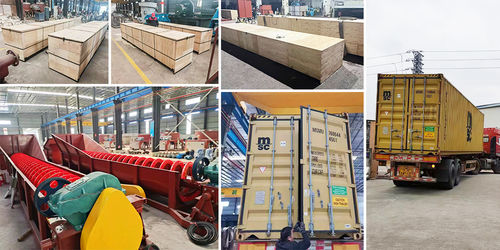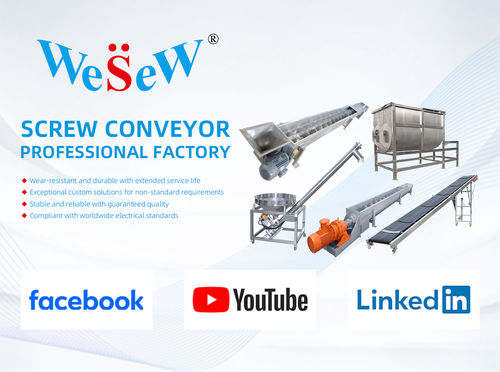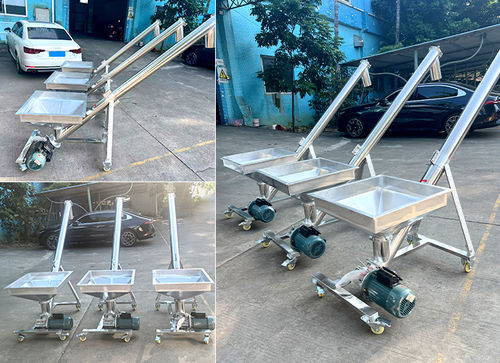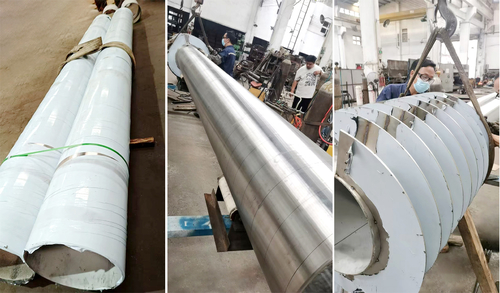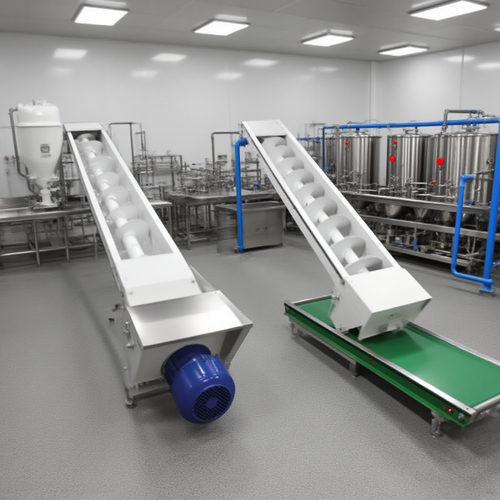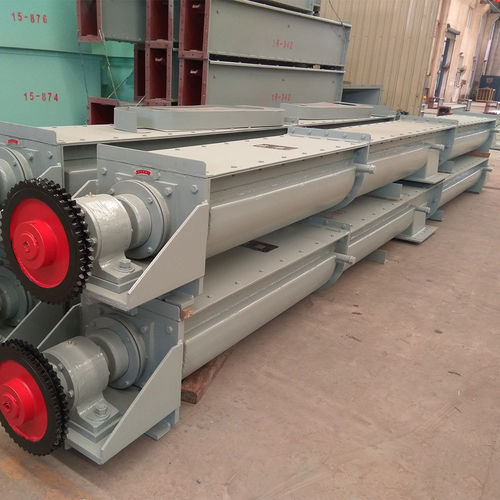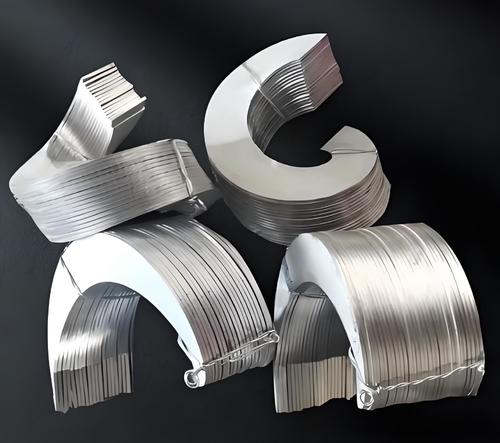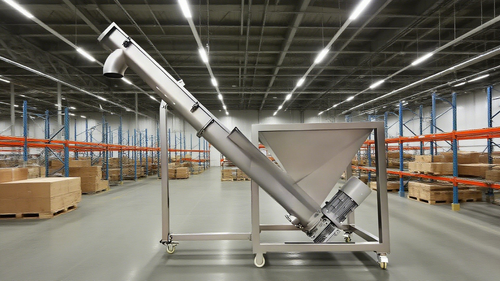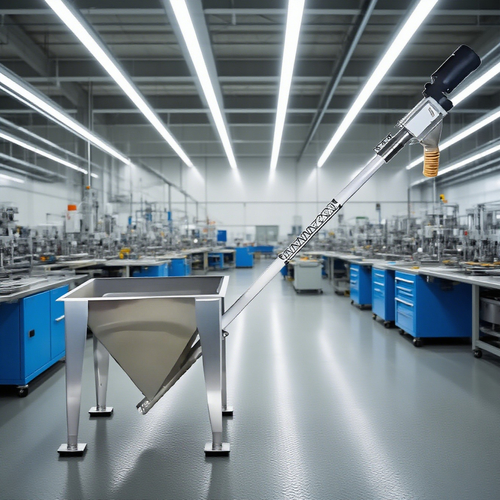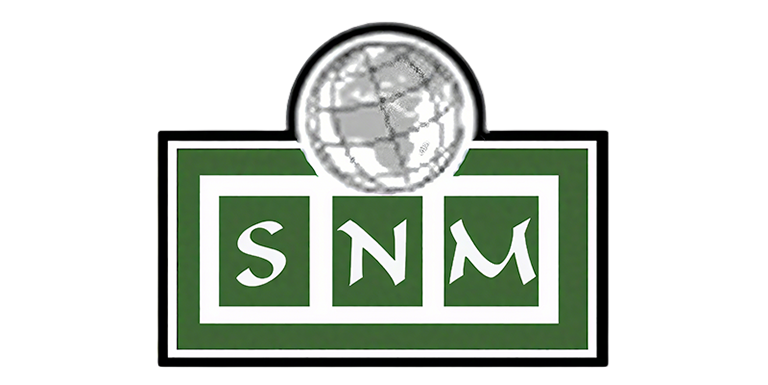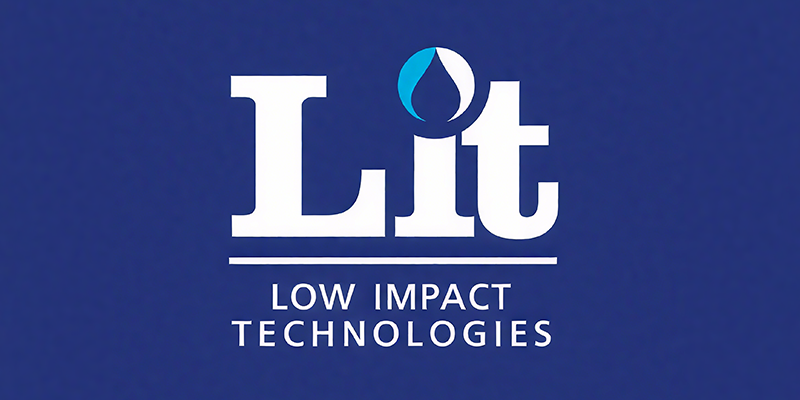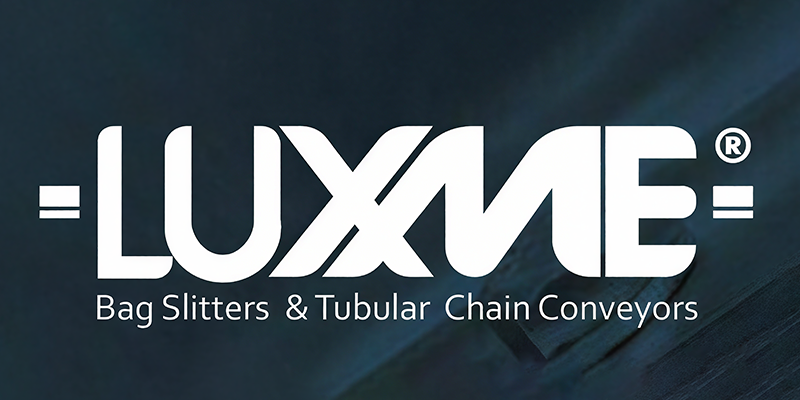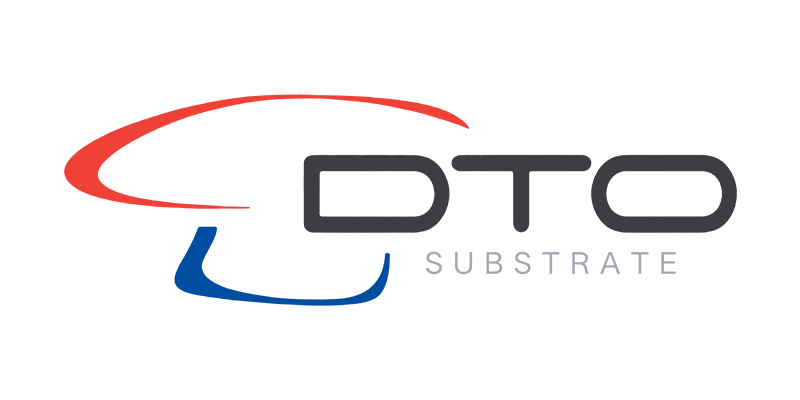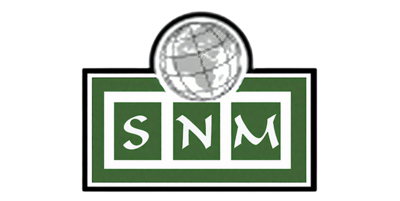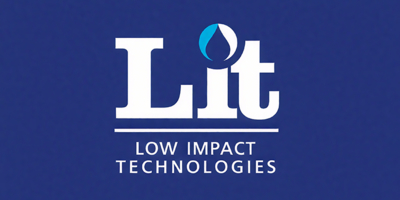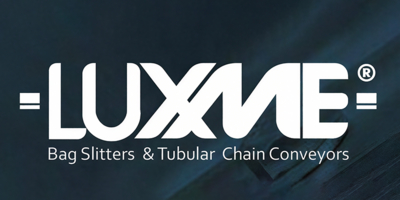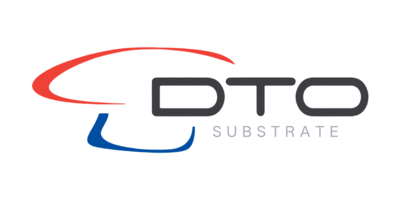.gtr-container-fgh456 {
font-family: Verdana, Helvetica, "Times New Roman", Arial, sans-serif;
color: #333;
line-height: 1.6;
padding: 15px;
box-sizing: border-box;
overflow-x: hidden;
}
.gtr-container-fgh456 p {
font-size: 14px;
margin-bottom: 1em;
text-align: left !important;
word-break: normal;
overflow-wrap: normal;
}
.gtr-container-fgh456 p:last-of-type {
margin-bottom: 0;
}
.gtr-container-fgh456 img {
display: block;
margin-left: auto;
margin-right: auto;
/* Original width="1000" and inline style are preserved */
/* No max-width: 100%; height: auto; as per strict image rules */
}
@media (min-width: 768px) {
.gtr-container-fgh456 {
padding: 30px 50px;
}
}
Stainless steel screw conveyors have become essential equipment for solid material transportation in modern wastewater treatment plants due to their corrosion resistance, hygienic sealing, and stable operation. The following presents a generic engineering case study.
During the upgrade project of a medium-sized municipal wastewater treatment plant, multiple stainless steel screw conveyors were integrated into its core sludge dewatering system. For instance, within the sludge dewatering chamber, a steep-angle screw conveyor directly and continuously elevates wet sludge from the belt dewatering machine to an outdoor sludge silo. All material-contacting components are constructed from SS304 stainless steel, effectively resisting moisture, microorganisms, and potential corrosive substances in the sludge to ensure long-term durability in harsh conditions.
Additionally, in the downstream process section of the plant's screening area, shaftless screw conveyors are installed specifically for transporting screenings intercepted by coarse and fine screens. Their shaftless design prevents entanglement, while the stainless steel construction facilitates easy cleaning, enabling clean and efficient collection and transfer of screenings.
This case demonstrates how stainless steel screw conveyors reliably address the collection, short-distance transport, and centralized storage of solid waste—including screenings, grit, and dewatered sludge—in wastewater treatment processes. Beyond enhancing plant-wide automation and clean operation, their low maintenance requirements provide robust support for stable plant operation while reducing energy consumption and operational costs.
.gtr-container-x7y2z1 {
font-family: Verdana, Helvetica, "Times New Roman", Arial, sans-serif;
color: #333;
line-height: 1.6;
padding: 15px;
max-width: 960px;
margin: 0 auto;
overflow-x: hidden;
}
.gtr-container-x7y2z1 p {
font-size: 14px;
margin-bottom: 1em;
text-align: left !important;
word-break: normal;
overflow-wrap: normal;
}
.gtr-container-x7y2z1-section-title {
font-size: 18px;
font-weight: bold;
margin-top: 2em;
margin-bottom: 1em;
color: #0056b3;
text-align: left;
}
.gtr-container-x7y2z1-advantages-list {
list-style: none !important;
padding-left: 0 !important;
margin-bottom: 1em;
}
.gtr-container-x7y2z1-advantages-list li {
position: relative !important;
padding-left: 20px !important;
margin-bottom: 0.8em !important;
font-size: 14px !important;
text-align: left !important;
}
.gtr-container-x7y2z1-advantages-list li::before {
content: "•" !important;
position: absolute !important;
left: 0 !important;
color: #0056b3 !important;
font-size: 1.2em !important;
line-height: 1 !important;
}
.gtr-container-x7y2z1-advantage-title {
font-weight: bold;
color: #0056b3;
}
.gtr-container-x7y2z1-image-wrapper {
margin-top: 2em;
margin-bottom: 2em;
text-align: center;
}
@media (min-width: 768px) {
.gtr-container-x7y2z1 {
padding: 25px;
}
.gtr-container-x7y2z1-section-title {
font-size: 20px;
margin-top: 2.5em;
margin-bottom: 1.2em;
}
.gtr-container-x7y2z1 p {
font-size: 15px;
}
.gtr-container-x7y2z1-advantages-list li {
font-size: 15px;
}
}
Company Background and Challenges
A biotech company's core product, probiotic powder, demands extremely high mixing uniformity. Low active ingredient concentration and uneven distribution directly impact product potency. Existing equipment required lengthy mixing times (30 minutes) while uniformity remained suboptimal, hindering large-scale production efficiency.
Solution and Equipment Selection
The company adopted a customized horizontal ribbon mixer. Its core feature is a dual-ribbon structure where inner and outer ribbons rotate in opposite directions, simultaneously generating powerful axial and radial flow to achieve three-dimensional mixing.
Core Advantages Demonstrated
High Uniformity and Efficiency: The dual-ribbon design ensures even distribution of even trace ingredients. Mixing time was reduced from 30 to 15 minutes, doubling efficiency.
Gentle yet Thorough Mixing: The screw action is mild, preserving probiotic viability. The equipment features smooth, dead-zone-free inner walls and can be manufactured to GMP standards, supporting CIP-in-place cleaning to eliminate cross-batch contamination.
Sealed, Dust-Free, and Compliant: The entire mixing process operates under sealed conditions with vacuum feeding, preventing dust leakage. This protects the workshop environment and employee health while meeting the pharmaceutical industry's stringent safety and environmental requirements.
Achieved Results
After implementation, mixing uniformity reached 99.2%, ensuring absolute consistency of active ingredients per gram of product. The significant boost in production efficiency also met the market demand for large-scale supply.
Summary
This case study concretely demonstrates the core value of the ribbon mixer: it safeguards the quality foundation of pharmaceuticals (especially low-dose active ingredient products) through exceptionally high mixing uniformity; enhances efficiency while preserving material properties via rapid, gentle mixing; and directly meets the pharmaceutical industry's stringent GMP regulations through its easy-to-clean and sealed design. Therefore, for pharmaceutical companies like Microcon Biotech with high standards for quality, efficiency, and compliance, the screw ribbon mixer offers a highly reliable solution.
In chemical production, heat-exchange screw conveyors achieve simultaneous material transport and temperature control through their unique design. A chemical enterprise employed this equipment to handle viscous polymers. By circulating steam or cooling water through the internal channels of the screw blades, the system effectively prevented material caking or degradation caused by temperature fluctuations during conveyance.
The core advantage lies in its integrated design. While material advances through the U-shaped trough propelled by the screw blades, precise temperature control is achieved via the heat exchange medium channels within the hollow shaft and blades. This design not only saves space but also eliminates the process flaws of traditional methods that involve conveying first and heating later, significantly boosting production efficiency.
In practical applications, this equipment demonstrates outstanding performance. For instance, in plastic pellet drying processes, the heat exchange screw conveyor elevates material temperature from ambient to 120°C while simultaneously conveying it, reducing drying time by 40% and lowering energy consumption by 25%. Its sealed structure design also effectively prevents dust leakage, improving the working environment.
Regarding maintenance, the equipment's modular design enables quick and easy replacement of worn components. Feedback from enterprises indicates a 30% reduction in maintenance costs and a 50% decrease in downtime compared to traditional equipment.
This case demonstrates that the heat exchange screw conveyor is an ideal choice for achieving efficient, energy-saving production in the chemical industry, particularly suited for handling temperature-sensitive materials.
.gtr-container-cs7890 {
font-family: Verdana, Helvetica, "Times New Roman", Arial, sans-serif;
color: #333;
line-height: 1.6;
padding: 15px;
box-sizing: border-box;
overflow-wrap: break-word;
}
.gtr-container-cs7890 p {
margin-bottom: 1em;
text-align: left !important;
font-size: 14px;
}
.gtr-container-cs7890 p:last-child {
margin-bottom: 0;
}
.gtr-container-cs7890 .gtr-section-title {
font-size: 18px;
font-weight: bold;
margin-top: 1.5em;
margin-bottom: 0.8em;
color: #0056b3;
}
.gtr-container-cs7890 ul {
list-style: none !important;
padding: 0;
margin: 0 0 1em 0;
}
.gtr-container-cs7890 ul li {
position: relative;
padding-left: 20px;
margin-bottom: 0.5em;
font-size: 14px;
text-align: left !important;
list-style: none !important;
}
.gtr-container-cs7890 ul li::before {
content: "•" !important;
position: absolute !important;
left: 0 !important;
color: #0056b3;
font-weight: bold;
font-size: 16px;
line-height: 1;
}
.gtr-container-cs7890 img {
/* Original inline style and width/height attributes are preserved. */
/* No new layout or size styles are added to img or its parent. */
display: block; /* From original style */
margin-left: auto; /* From original style */
margin-right: auto; /* From original style */
}
@media (min-width: 768px) {
.gtr-container-cs7890 {
padding: 25px;
}
.gtr-container-cs7890 .gtr-section-title {
margin-top: 2em;
margin-bottom: 1em;
}
}
A chemical plant's existing carbon steel screw conveyor suffered severe corrosion when handling acid-containing waste residue, with equipment lifespan falling below three months. Frequent shutdowns severely disrupted continuous production. In 2023, the plant upgraded to a stainless steel screw conveyor, significantly improving system efficiency.
This stainless steel conveyor offers multiple technical advantages: constructed from 304/316L stainless steel, it exhibits broad corrosion resistance (suitable for pH 2–12) with tensile strength no less than 520 MPa; its modular design facilitates maintenance, while the sealed structure effectively prevents dust leakage. Intelligent speed regulation achieves energy savings of 15%–20%.
In practical application, the equipment handles 50 tons daily of acidic waste residue (pH 3–5) and chloride-containing catalysts, maintaining dust emission concentrations below 10 mg/m³—exceeding industry standards. Process parameter comparisons reveal equipment lifespan extended from 3 months to over 5 years, with significantly reduced maintenance frequency and concurrent energy savings.
Post-retrofit, the enterprise's annual maintenance costs decreased by 80%, while dust leakage rates dropped from 15% to 0.5%, effectively mitigating environmental compliance risks. For high-temperature materials, custom high-temperature-resistant materials and cooling jackets were added, further expanding the equipment's applicability.
This case demonstrates the reliability and applicability of stainless steel screw conveyors in highly corrosive environments, providing practical guidance for industry equipment upgrades. Systematic optimization through material selection, structural design, and operational standards delivers efficient, viable equipment solutions for chemical enterprises pursuing green transformation.
A manufacturer of environmental materials faced significant challenges in powder transportation: traditional screw conveyors generated excessive dust when handling ultrafine powders, resulting in material loss while compromising production environments and employee health.
After implementing a tubular chain conveyor system, these issues were fundamentally resolved. The fully enclosed pipeline achieves zero leakage and zero contamination during powder transport. Its unique disc-driven chain mechanism smoothly conveys materials horizontally, vertically, or along curved paths, perfectly adapting to the complex layout of the factory's production processes.
The implementation yielded remarkable results: material loss rates dropped from 3% to below 0.5%, saving approximately 150,000 yuan annually in raw material costs; production areas achieved dust-free standards, significantly improving working conditions; and equipment maintenance frequency decreased substantially, extending intervals from monthly inspections to quarterly maintenance.
This successful case demonstrates the tubular chain conveyor's unique advantages in powder handling under stringent environmental requirements, providing reliable technical support for enterprises to achieve clean production and energy conservation.
A major iron ore mine faced challenges of low resource utilization and poor economic returns. Its ore is a complex mixed type containing multiple minerals such as magnetite, hematite, and limonite. Traditional magnetic separation processes could only effectively recover strongly magnetic magnetite, while large quantities of weakly magnetic hematite and limonite were lost with the tailings, resulting in resource waste and operational losses.
Solution and Core Equipment
To address this challenge, the project team introduced an advanced “ultrafine grinding-high-gradient magnetic separation” combined process. Its core equipment is the high-gradient magnetic separator, featuring two prominent characteristics:
High field strength and high gradient: Generates a magnetic field far exceeding conventional separators, exerting powerful magnetic attraction on fine-grained weakly magnetic minerals.
Precision Capture: Specifically targets finely ground, fully liberated micro-sized hematite and limonite for highly efficient recovery.
Outstanding Advantages and Implementation Outcomes
This solution delivered significant technical and economic benefits:
Substantially Enhanced Resource Recovery: Post-upgrade, the comprehensive iron metal recovery rate saw a marked improvement, yielding over 150,000 tons of additional iron concentrate annually—transforming former “waste” into valuable resources.
Substantial Economic Benefits: The project generates substantial annual profits for the mine while significantly reducing environmental impact and tailings pond maintenance costs through decreased tailings discharge.
Broad Technical Adaptability: This successful case provides an efficient, reliable technical pathway for processing similarly complex, difficult-to-process ores, demonstrating the immense potential of advanced magnetic separation technology.
This case demonstrates that selecting high-performance magnetic separators tailored to specific mineral characteristics can effectively overcome bottlenecks in traditional processes. It represents a key technology for achieving efficient and clean utilization of mineral resources, possessing high value for widespread adoption.
.gtr-container-cs789 {
font-family: Verdana, Helvetica, "Times New Roman", Arial, sans-serif;
color: #333;
line-height: 1.6;
padding: 15px;
box-sizing: border-box;
max-width: 100%;
overflow-x: hidden;
}
.gtr-container-cs789 p {
margin-bottom: 1em;
text-align: left !important;
font-size: 14px;
}
.gtr-container-cs789 a {
color: #007bff;
text-decoration: none;
font-weight: bold;
}
.gtr-container-cs789 a:hover {
text-decoration: underline;
}
.gtr-container-cs789 .section-heading {
font-size: 18px;
font-weight: bold;
margin-top: 1.5em;
margin-bottom: 1em;
color: #222;
text-align: left;
}
.gtr-container-cs789 .key-point {
font-weight: bold;
font-size: 14px;
}
.gtr-container-cs789 .image-container {
margin-top: 2em;
margin-bottom: 1em;
}
@media (min-width: 768px) {
.gtr-container-cs789 {
padding: 30px;
max-width: 960px;
margin: 0 auto;
}
.gtr-container-cs789 p {
margin-bottom: 1.2em;
}
.gtr-container-cs789 .section-heading {
font-size: 20px;
margin-top: 2em;
margin-bottom: 1.2em;
}
}
During expansion, a major feed manufacturer faced multiple challenges including low production efficiency, severe dust pollution, and cross-contamination of materials. To overcome these bottlenecks, the company implemented a new enclosed automated conveying system centered around screw conveyors.
Tailored Solutions:
Horizontal Conveying: U-shaped trough screw conveyors were selected for primary ingredient transport. Their enclosed structure completely prevents dust leakage, operates smoothly, and ensures precise subsequent ingredient blending.
Vertical Conveying: Vertical screw conveyors elevate finished pellet feed into storage silos. These compact units maximize vertical space utilization and deliver high lifting efficiency.
Precision Conveying: For trace premixes prone to residue buildup, shaftless screw conveyors were deployed. Their unique shaftless design prevents material entanglement and residue accumulation, significantly reducing cross-contamination risks.
Implementation Outcomes:
Following system implementation, notable improvements were achieved:
Efficiency Enhancement: Continuous automated conveying increased production efficiency by approximately 30%.
Quality Enhancement: Enclosed conveying eliminates contamination, ensuring consistent product quality.
Cost Reduction: Reduced labor and material losses with simplified equipment maintenance.
Safety and Environmental Protection: Substantially lowered dust concentration in the work environment, eliminating safety hazards.
Conclusion:
This case study demonstrates how the flexible application of different screw conveyor types successfully resolved critical bottlenecks in feed production, fully validating their core value in achieving modern, automated, and clean production.
Feed mills consistently face three major challenges in premix production: excessive dust generation during powder transportation, significant residue buildup, and high susceptibility to cross-contamination. To comprehensively address these issues, the facility implemented a custom-designed U-shaped screw conveyor, achieving remarkable results.
The successful deployment of this equipment stems primarily from its core advantages:
1. Superior Sealing Capabilities, Eliminating Dust Issues
The unique U-shaped trough combined with a fully enclosed design creates a near-perfect sealed conveying system. This fundamentally prevents dust leakage, significantly improves the working environment, and meets stringent environmental and safety production requirements.
2. Minimal Material Residue Ensures Product Purity
The smooth inner walls and precise clearance between the spiral blades ensure smooth, uniform material flow with virtually no residue. This feature effectively prevents cross-contamination between different batches of materials, which is crucial for industries with high hygiene standards such as feed and food production.
3. Compact Structure and Stable Performance Reduce Overall Costs
The U-shaped structure itself is compact and space-efficient, making it ideal for installation and layout in factories with limited space. Additionally, the equipment operates smoothly with low noise and minimal failure rates, significantly reducing long-term maintenance and operational costs.
Application Outcomes:
Since commissioning, this U-shaped screw conveyor has demonstrated outstanding performance. It has not only optimized production processes but also fundamentally ensured the quality and safety of the final product, becoming a critical component in enhancing the efficiency and quality of this production line.
.gtr-container-x7y2z9 {
font-family: Verdana, Helvetica, "Times New Roman", Arial, sans-serif;
color: #333;
line-height: 1.6;
padding: 15px;
overflow-x: hidden;
}
.gtr-container-x7y2z9 p {
margin-bottom: 1em;
text-align: left !important;
font-size: 14px;
}
.gtr-container-x7y2z9 a {
color: #007bff;
text-decoration: none;
}
.gtr-container-x7y2z9 a:hover {
text-decoration: underline;
}
.gtr-container-x7y2z9 .gtr-heading-18px {
font-size: 18px;
font-weight: bold;
margin-top: 1.5em;
margin-bottom: 0.5em;
text-align: left;
}
.gtr-container-x7y2z9 .gtr-content-14px {
font-size: 14px;
text-align: left;
margin-bottom: 1em;
}
.gtr-container-x7y2z9 img {
margin: 20px 0;
}
@media (min-width: 768px) {
.gtr-container-x7y2z9 {
padding: 25px 50px;
}
}
In a large-scale manufactured sand production project, the client faced challenges with high silt content and uncontrolled stone powder levels in the finished sand, resulting in substandard product quality and weak market competitiveness. To address this critical issue, the project team introduced an advanced Sand Screw Washer.
Upon commissioning, the equipment delivered immediate results, demonstrating its advantages in three key areas:
First, high cleanliness and exceptional quality.
The Sand Screw Washer employs inclined spiral blades to continuously agitate and tumble the sand. Under water flushing, it effectively strips and removes soil and impurities adhering to the sand particles' surfaces. The treated finished sand maintains a stable clay content below 3%, meeting national high-standard construction sand requirements and significantly enhancing product value.
Second, minimal fine sand loss and high output efficiency.
Compared to traditional sand washing equipment, this machine features a unique overflow weir design. Through precise water flow control, it effectively minimizes the loss of beneficial fine sand particles larger than 0.16mm. This not only stabilizes the sand gradation but also directly increases the overall sand yield, delivering substantial economic benefits to customers.
Third, stable operation and simplified maintenance.
The equipment features a rational structural design with wear-resistant core components, resulting in extremely low failure rates that ensure continuous and stable production line operation. Additionally, routine maintenance is straightforward, reducing long-term operational and labor costs.
In summary, this Sand Screw Washer has successfully addressed core challenges for customers through its exceptional cleaning performance, high material recovery rate, and reliable operational capabilities. It has become a key piece of equipment for enhancing aggregate quality and project profitability.



